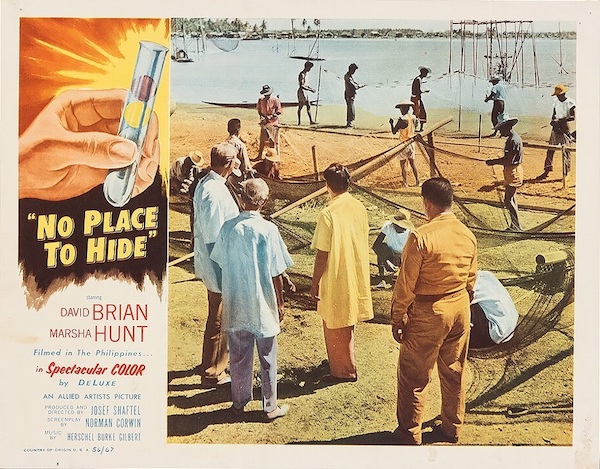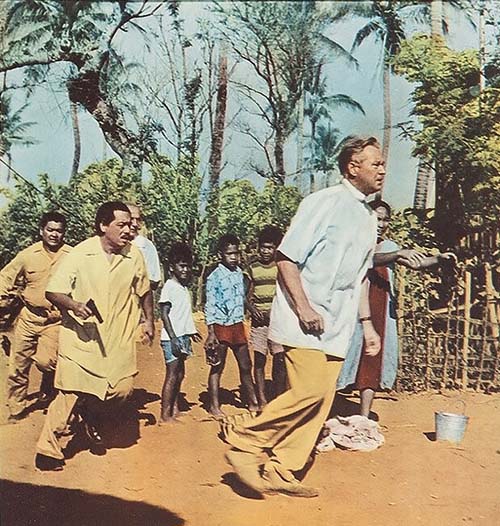The movie world of Pugaro

(1st of 2 parts)
By Rex Catubig
THE coastal barrio conjured images of white-crested waves, blue waters and fine sand, and magnificent undulating sand dunes with ruffled furrows carved by the fierce afternoon winds surging from the high seas. On tranquil days, the place was tropical paradise. Its residents were gentle and unassuming albeit hardworking fishermen who had devised ingenious ways to catch fish which abound in the river and the open sea.
Remote and secluded, Pugaro was not accessible by land from the town proper. The sole means of transportation to reach the island was by “baloto” or banca paddled by a “bankero”. Conversely, villagers had to cross the vast expanse of the deep river in going to “baley”.

Yet, in the summer months of 1955 and 1956, the quietude and serenity of the laidback barrio was shattered, their normal life disrupted. Suddenly, remote Pugaro had become within reach and a place to visit. Though unaccustomed to the attention, the villagers welcomed the ensuing bustle.
Loreta Cruz who was around 6 years old that time, vaguely remembered the bewilderment and excitement. The village was agog. Her family recalled it was like a WWII army invasion once again, except that instead of tanks, jeeps and dirty soldiers with bayonets, what landed were “lundayan” or big boats that carried supplies and equipment loaded in large “kaban” (wooden trunks), “upigan” (luggage made of woven bamboo strips), and “bayong” (woven buri bags).

Tall white men and fair ladies came ashore reminiscent of Victory Joe days—which scared children seeing foreigners for the first time. As another summer came, not yet quite recovered from the American shock wave, the village was this time besieged with handsome men dressed as royal warriors, riding tall horses and brandishing swords, escorting tiaraed women gorgeously attired in royal regalia whose radiant beauty soon stirred a tidal wave of adoring fans.
For successive summers, Pugaro’s down-to-earth rural life was juxtaposed with fancy make-believe. Naïve, small-time barrio folks lived alongside bigger-than-life movie celebrities.
In a surreal stroke of happenstance, luck favored bucolic Pugaro as the movie location not only of a grandiose Filipino film but of a major international Hollywood production. Silver screen luminaries descended upon this bleak village like comets from the sky. Lackluster Pugaro turned tinsel town. Starstruck residents from the inland city flocked to the isolated island to catch a glimpse of stars they only saw in the movies and witness the magic of film making.
In the first instance, pivotal scenes of the Hollywood film were shot in the unspoiled landscape of Pugaro. The movie is titled NO PLACE TO HIDE—a thriller whose claim to fame is its being the first co-production venture between Hollywood and the Philippines. Stateside Allied Artists Pictures teamed up with local LVN and Lebran-Tec Pictures. Directed, produced and written by Josef Shaftel, it starred Marsha Hunt and David Brian, and featured as a central character, the Filipino child actor Ike Jarlego Jr.
“No Place to Hide ” which “juxtaposed the innocence of children with the horror of a potential plague”, follows the trail of two kids being pursued by the authorities for keeping pellets containing deadly virus. The pursuit took them on a run from the city to the countryside.
The “no place to hide” countryside the world saw was Sitio Buer, Pugaro, a vast landscape of coastal coconuts.






